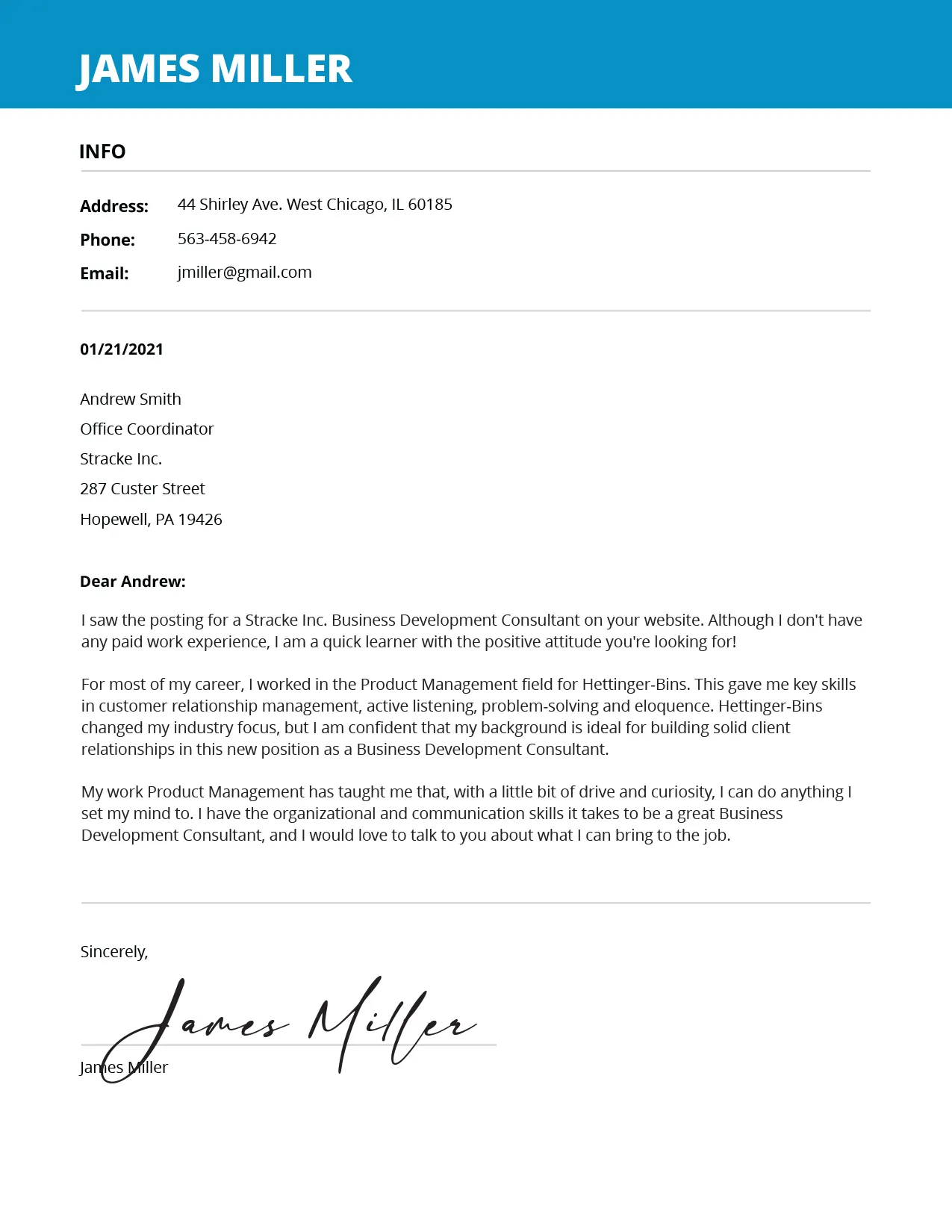What is a Resume Cover Letter
A resume cover letter is a crucial document that accompanies your resume when applying for a job. It serves as your introduction to a potential employer, providing a space to elaborate on your skills, experiences, and motivations for applying to a specific position. Unlike a resume, which offers a brief summary of your qualifications, a cover letter allows you to communicate your personality, enthusiasm, and how your abilities align with the job requirements. It’s your opportunity to make a strong first impression, demonstrate your interest in the company, and explain why you are the ideal candidate. The cover letter should be tailored to each job application, highlighting the most relevant aspects of your background and showcasing your understanding of the role and the company’s needs. A well-crafted cover letter can significantly increase your chances of getting an interview.
Why is a Cover Letter Important
A resume cover letter is important for several reasons, primarily because it offers a personalized narrative that a resume alone cannot provide. It gives you the chance to showcase your communication skills and demonstrate your genuine interest in the specific role and company. A cover letter allows you to explain any gaps in your employment history, address any concerns an employer might have, and provide context for your qualifications. It also enables you to highlight your soft skills, like teamwork, problem-solving, and leadership, which are often difficult to convey solely through a resume. Additionally, a cover letter allows you to align your skills and experience with the specific requirements of the job description. In many cases, a strong cover letter can compensate for a lack of certain qualifications or experience, making you a more attractive candidate. In a competitive job market, a well-written cover letter sets you apart from other applicants.
How to Write a Resume Cover Letter Step 1
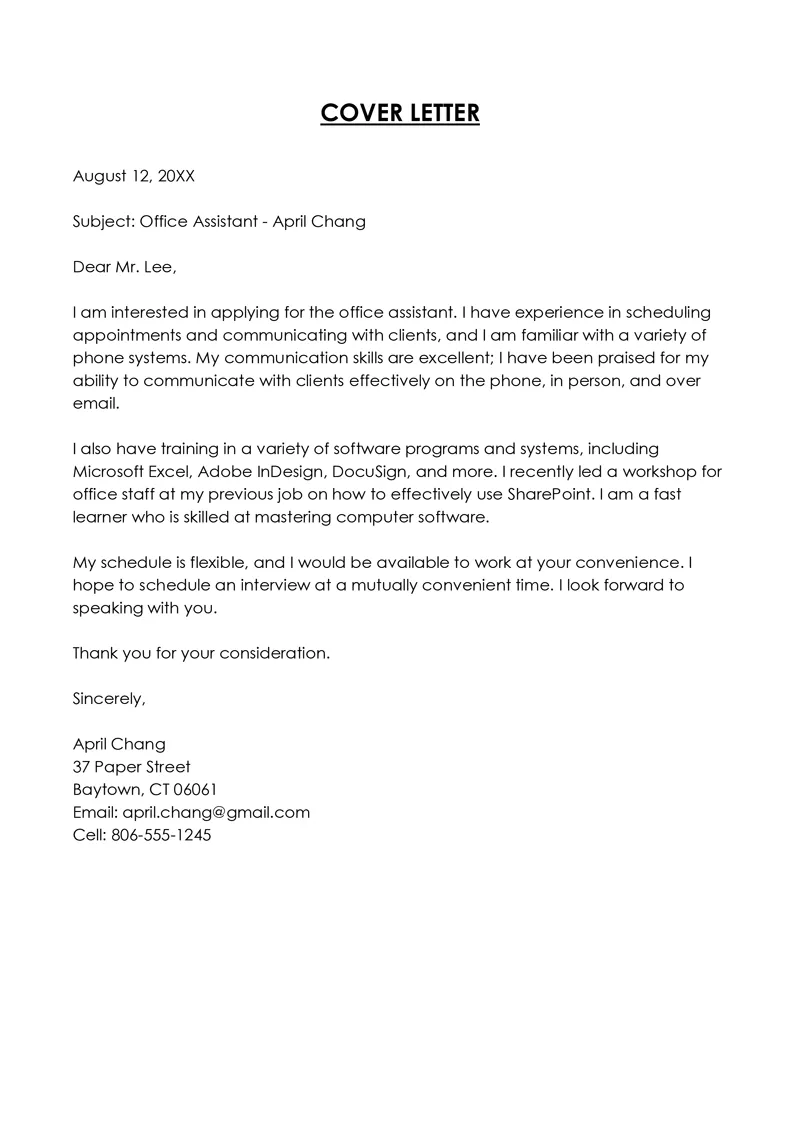
The first step in writing an effective resume cover letter is to meticulously research the company and the specific position you are applying for. Begin by visiting the company’s website to understand its mission, values, and recent news. Explore their “About Us” section, read their blog, and review their social media profiles to get a feel for their culture and brand. Next, thoroughly analyze the job description. Identify the key responsibilities, required skills, and desired qualifications. Note the specific keywords and phrases used in the description, as these can help you tailor your letter to match their needs. Understanding the company’s values and the role’s demands will inform your writing, enabling you to showcase how your qualifications align with their needs and demonstrate your genuine interest. This preliminary research allows you to create a tailored cover letter that speaks directly to the company and the hiring manager.
Research the Company and Position
Before starting the writing process, dive deep into the company’s background. Find out who they are, what they do, and what their values are. Next, thoroughly examine the job description. Identify the key responsibilities, required skills, and desired qualifications. Note the specific keywords and phrases used in the description. Look for any specific requirements, such as certifications or experience with particular software, that the job demands. Understanding these details is important for tailoring your cover letter to effectively showcase your relevant skills and experience. This targeted approach will make your cover letter stand out by demonstrating your understanding of the role and how you align with their needs.
How to Write a Resume Cover Letter Step 2
Formatting your cover letter is the second crucial step. Proper formatting ensures your letter is readable, professional, and easy to scan. Start by using a standard business letter format, which includes your contact information (name, address, phone number, email) at the top, followed by the date, and the hiring manager’s name and title (if known) and the company’s address. Choose a readable font like Times New Roman, Arial, or Calibri, with a font size between 10 and 12 points. Use single spacing within paragraphs and double spacing between paragraphs. Keep your letter concise – aim for one page at most. Use clear headings and bullet points where necessary to break up large blocks of text and highlight key information. By paying attention to formatting, you present yourself as organized and professional, making a positive first impression on the reader.
Format Your Cover Letter
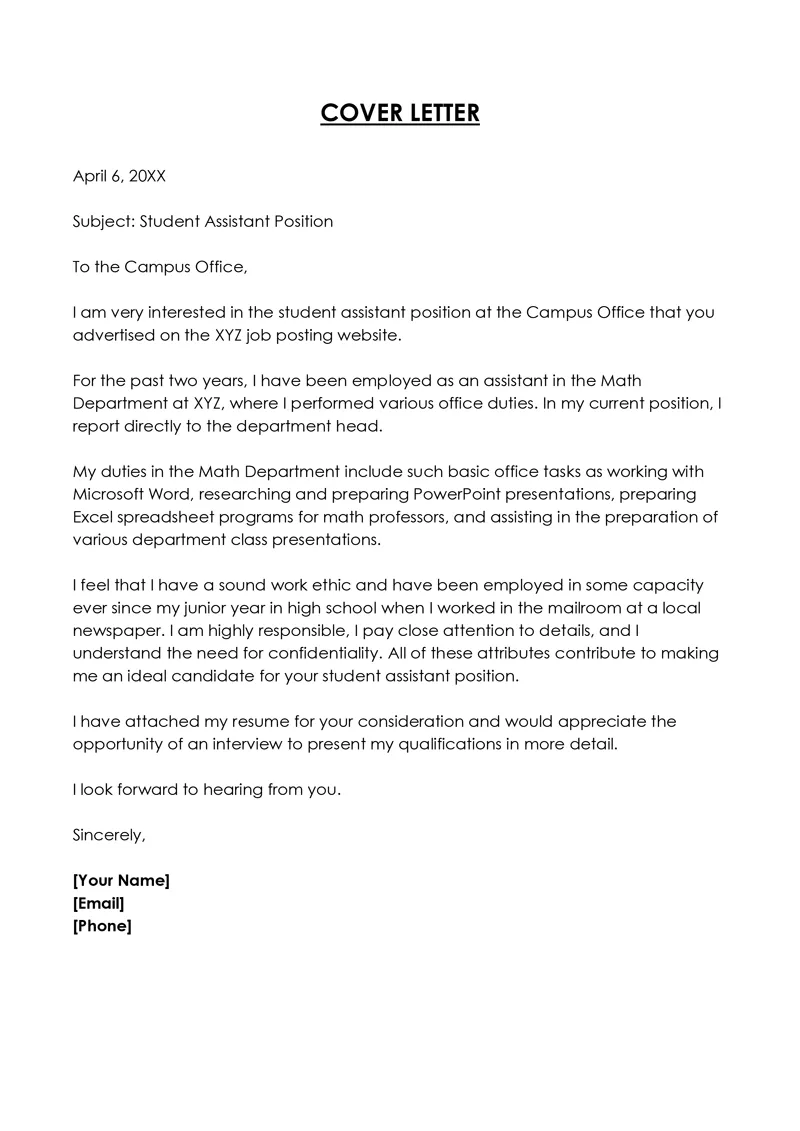
Start with your contact information. This includes your name, address, phone number, and email address. This should be followed by the date and then the hiring manager’s name, title, and the company’s address. Your goal is to choose a standard font such as Times New Roman, Arial, or Calibri, with a font size of 10 to 12 points. Keep the letter to one page at most. Use single spacing within paragraphs and double spacing between paragraphs. Break up large blocks of text by using clear headings and bullet points to highlight important information. A well-formatted cover letter shows that you are organized and professional, making a positive first impression.
How to Write a Resume Cover Letter Step 3
The opening of your cover letter is where you make your first impression, so it must be compelling. Instead of a generic greeting, try a personalized approach if possible. If you know the hiring manager’s name, use it. If not, use a professional salutation like “Dear Hiring Manager.” State the specific position you are applying for. Then, immediately state why you are writing. This could be your enthusiasm for the role, your relevant skills, or your connection to the company. Highlight one or two of your most relevant qualifications or accomplishments in the first paragraph to grab the reader’s attention. Show genuine interest in the company and the specific job. A strong opening sets the tone for your letter and encourages the reader to continue. By making a memorable and clear introduction, you immediately signal your qualifications and genuine interest in the opportunity.
Write a Compelling Opening
Begin with a personalized greeting. If you know the hiring manager’s name, use it. Then, mention the specific position you’re applying for. State the reason you are writing—whether you are excited about the role or have relevant skills and knowledge. Use the introduction to show off one or two of your most relevant skills or accomplishments to grab the reader’s attention. Your primary goal is to show off your interest in the company and the specific job, making a memorable and clear introduction.
How to Write a Resume Cover Letter Step 4
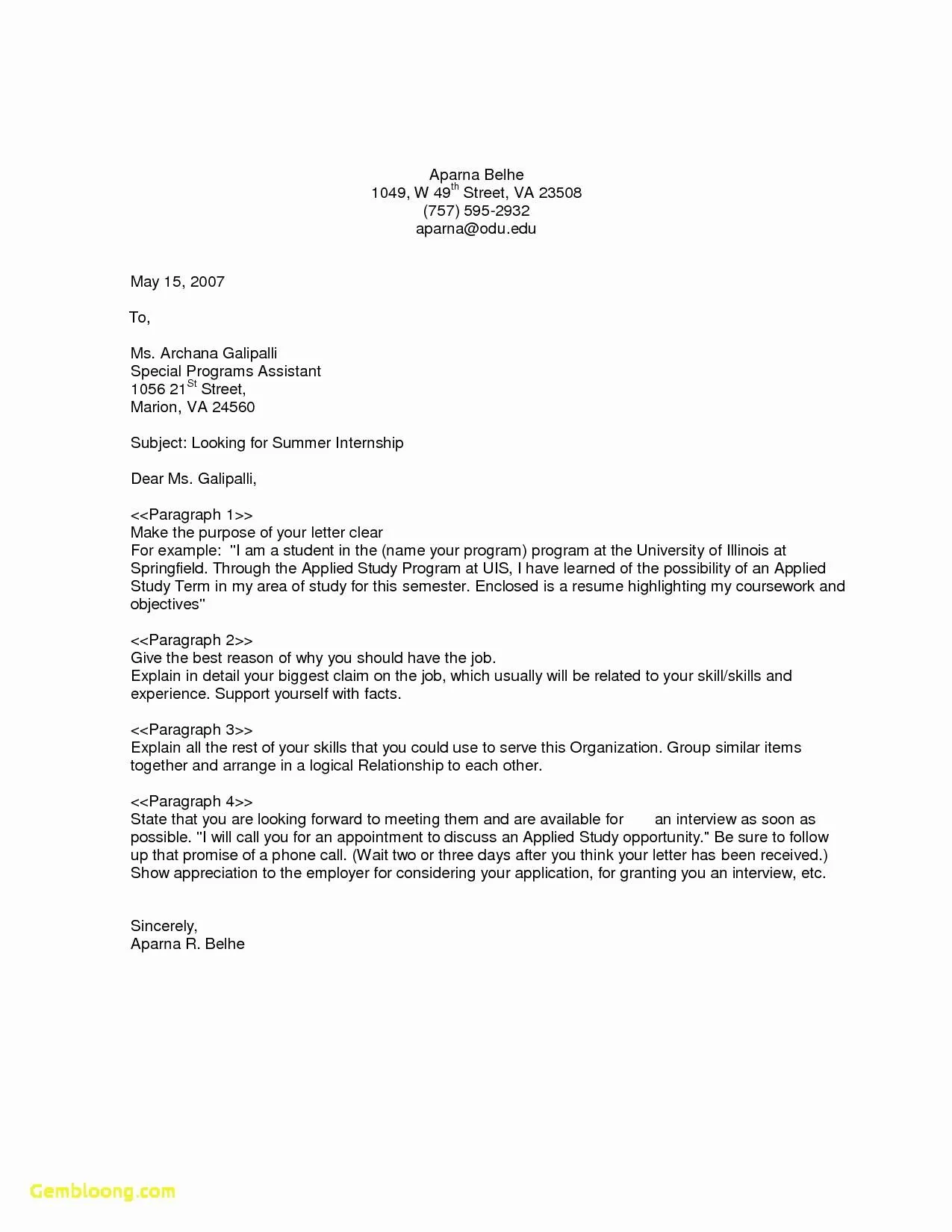
In the body of your cover letter, it’s important to highlight your key skills and experience, connecting them to the job requirements. Select the most relevant experiences and skills from your resume and explain how they align with the job description. Provide specific examples of your accomplishments, quantifying your achievements whenever possible. Instead of merely listing your skills, demonstrate them with real-life examples. Use the STAR method (Situation, Task, Action, Result) to structure your examples. Explain the situation you faced, the task you undertook, the action you took, and the positive result you achieved. Tailor your examples to match the requirements of the job posting, emphasizing the skills and experiences that the employer values most. The goal is to convince the hiring manager that your skills make you the perfect fit for the position.
Highlight Your Key Skills and Experience
Pick out the most relevant experiences and skills from your resume and then explain how they align with the job description. Provide specific examples of accomplishments, quantifying your achievements whenever possible. Instead of listing your skills, demonstrate them with real-life examples. You can structure your examples using the STAR method: Situation, Task, Action, Result. Make your examples match the requirements of the job posting. Emphasize skills and experiences that the employer values most.
How to Write a Resume Cover Letter Step 5
Conclude your cover letter with a strong call to action. Reiterate your enthusiasm for the position and the company. Express your confidence that you can excel in the role and contribute to the company’s success. Include a clear statement about your availability for an interview. Provide your contact information again and thank the reader for their time and consideration. Keep it simple and concise, ending with a professional closing such as “Sincerely” or “Best regards.” This final touch leaves a lasting impression, making it easy for the hiring manager to move forward with your application. A well-crafted ending solidifies your interest and encourages the employer to contact you.
End with a Strong Call to Action
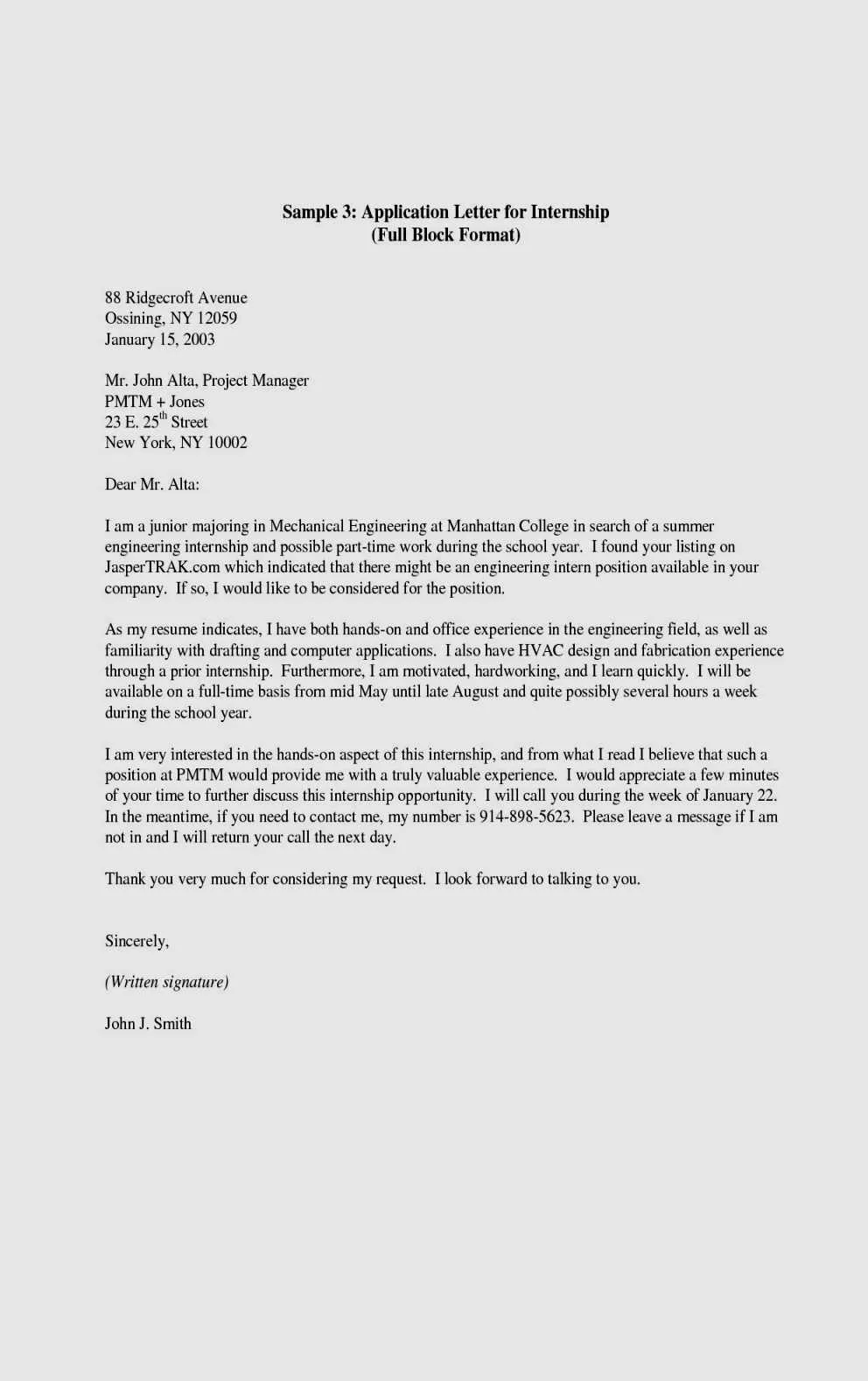
Restate your excitement for the position and the company. Then, express your confidence that you can excel in the role. Include a clear statement about your availability for an interview. Provide your contact information again and thank the reader for their time and consideration. Keep it simple and concise, closing with “Sincerely” or “Best regards.”
Cover Letter Best Practices
To enhance the impact of your resume cover letter, adhere to these best practices. Always tailor your letter to each job application; use the company name and the hiring manager’s name. Keep it concise, aiming for one page. Use a professional tone and maintain a positive, enthusiastic attitude. Highlight your accomplishments and quantify your achievements. Focus on the value you can bring to the company. Avoid generic statements and clichés. Proofread the letter meticulously for any typos or grammatical errors. Use keywords from the job description to demonstrate how your skills align with the requirements. Ensure your letter is easy to read, with clear formatting and a professional font. Finally, submit your cover letter as a PDF to maintain its formatting across different devices. By following these best practices, you create a compelling cover letter that significantly increases your chances of getting an interview.
Proofread and Edit Your Cover Letter
Thorough proofreading and editing are crucial to ensure your resume cover letter is polished and professional. Start by checking for any grammatical errors, spelling mistakes, and punctuation issues. Use a grammar checker tool to catch any errors you may have missed. Then, review the letter for clarity and conciseness. Ensure that your sentences are well-structured and easy to understand. Make sure the information flows logically and the message is clear. Verify that you have addressed all the key points and highlighted the most relevant qualifications. Ask a friend or career advisor to review your cover letter for feedback. A fresh pair of eyes can often catch mistakes you might have overlooked. Finally, ensure consistency in formatting, font styles, and spacing. Proofreading and editing demonstrate your attention to detail, which is an essential quality in the professional world. A well-edited cover letter greatly enhances your credibility and increases your chances of making a positive impression on the employer.
